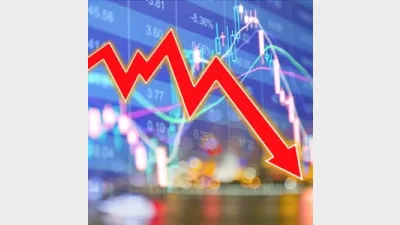Performance fees decline 99% at Janus Henderson



Performance fees at Janus Henderson have fallen back after reporting a 350% jump in the second quarter.
Announcing its quarterly results for the three months to 30 September, 2021 to the Australian Securities Exchange (ASX), the US asset manager said performance fees had declined by 99% over the quarter.
After a jump of 350% during the second quarter to US$77.4 million ($102.7 million), performance fees were US$0.6 million in the third quarter.
This was “driven by investment performance and seasonality”, the firm said, and fees came from 20 funds compared to 45 in the previous quarter.
A year ago, performance fees were US$7 million in the third quarter of 2020.
However, there was a 3% increase in management fees from US$494 million to US$511 million as a result of higher average assets under management (AUM) which increased from US$420 billion to US$431 billion.
Total AUM declined 2% to US$419 billion as a result of net outflows of US$5.2 billion, mostly from its quantitative equities vehicles. Only 2% of vehicles in its quantitative equities division had outperformed the benchmark over three and five-years.
The best division in performance terms was fixed income where more than 95% of AUM was held in products which had outperformed their benchmarks over one, three, five and 10 years. It was lower in the equity division with 64% outperforming over one year and 56% over three years.
The company declared a dividend of US$0.38 cents per share to be paid on 24 November and completed US$75 million in share buybacks.
Recommended for you
LGT Wealth Management is maintaining a neutral stance on US equities going into 2026 as it is worried whether the hype around AI euphoria will continue.
Tyndall Asset Management is to close down the Tyndall brand and launch a newly-branded affiliate following a “material change” to its client base.
First Sentier has launched its second active ETF, offering advisers an ETF version of its Ex-20 Australian Share strategy.
BlackRock has revealed that its iShares bitcoin ETF suite has now become the firm’s most profitable product line following the launch of its Australian bitcoin ETF last month.












